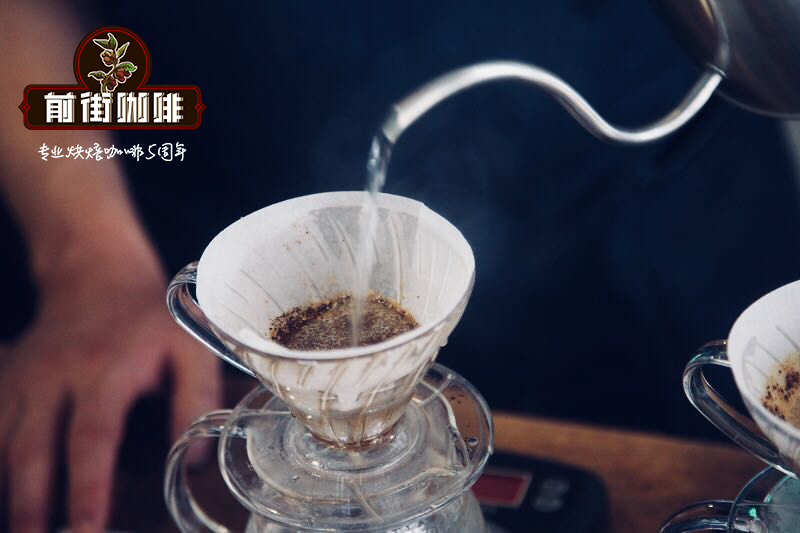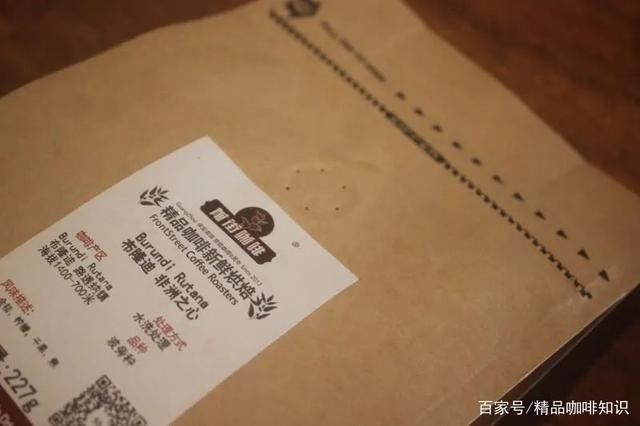Introduction of coffee flavor characteristics and double washing of coffee treatment in Burundi (Heart of Africa)

Coffee in Burundi developed in the 1920s, when Belgian colonists brought coffee trees to Burundi and started the coffee planting industry. In order to steadily develop the coffee industry, Belgian colonists could not issue a rule that farmers had to take care of at least 50 coffee trees until 1962, when Burundi declared its independence.
The Heart of Africa in Burundi
Located on top of the steep East African Rift Valley, Burundi has a complex terrain. More than 800000 of Burundian families depend on coffee cultivation for their livelihood, mostly in small-scale coffee plantations, planted at intervals from other crops, without mechanized equipment. Coffee grows on mountains between 1400 and 1700 meters above sea level. Most of the varieties of coffee trees are bourbon and its variants, and the treatment methods are washed and semi-washed. In the past, they were mostly exported to Belgium, Germany, the Netherlands, Japan, Australia and the United States.
The coffee in Burundi mainly comes from the following five major producing areas, and the main and famous coffee producing areas are Kayanza, Ngozi, Mumirwa, Buyenzi, Kirimiro and so on. Burundi (Burundi) "Heart of Africa" the pattern of coffee production in Burundi is similar to that in Ethiopia, mainly from small-scale farmers, who send their harvested ripe berries to the treatment plant for unified treatment.
Using double washing treatment, after removing the peel and pulp of the berries, soak and wash them in the sink, put them on the scaffolding and dry them in the sun, the coffee beans are almost flawless, and the size is quite equal to the water content. the coffee so treated will have an extremely grateful taste and bright flavor. Flavor: the taste is full of wild, strong taste and aroma, citrus sour and tea aroma, light acidity, strong texture, Brin, kumquat, lemon, dried fruit, caramel, smooth taste, saturated aroma, rich and lasting finish.

Coffee variety
Reuters Coffee is mainly bourbon, planted at an altitude of 1400-1700 meters above sea level, which produces brighter acidity and lemon aromas, as well as passion fruit, pineapple, flower and honey flavors, with a quality of more than 86 SCA.
The coffee harvested by small-scale coffee farmers is treated with traditional water washing. The berries are peeled, soaked and washed in a sink, and placed on the scaffolding to dry in the sun.
Like other East African countries, Burundian coffee has its own special treatment, that is, double washing (or double fermentation), and the coffee treated in this way has an extremely clean and bright flavor.

How is the Burundian Heart of Africa flavor of the front street coffee?
Cooking parameters
Cooking process
1. The first stage is filled with 30 grams of water and steamed for 30 seconds.
two。 At the end of steaming, the second section of 95 grams of water is injected, and the value of the electronic scale is 125 grams.
3. Waiting for the water level to drop to half, the third section of 100 grams of water is injected when the powder bed is about to be exposed, and the value of the electronic scale is 225 grams. Wait for the coffee to be filtered after filling.
The extraction time is 1 minute and 56 seconds.

Flavor description
Smell of mandarin and tea, imported black brine, mandarin flavor, rich taste, the middle and back is the sweetness of nut caramel. The taste is full of wild, strong taste and aroma remain in the mouth, and the finish is rich and lasting.

Important Notice :
前街咖啡 FrontStreet Coffee has moved to new addredd:
FrontStreet Coffee Address: 315,Donghua East Road,GuangZhou
Tel:020 38364473
- Prev

The difference between Red Cherry and Lim and their respective Flavor characteristics of African Bean-Yejasuefei
[red cherries] the main producing areas in Ethiopia are Yegasuefei, Sidamo, Punga Forest, Lekanti, Ken Bata, Irubab, Hara, Lim. Yegashafi is a small town in Ethiopia and one of the highest coffee producing areas in the world. It is 1700-2100 meters above sea level, foggy all the year round, like spring all year round, with a gentle breeze, cool and humid. In the harvest season
- Next

Introduction of Origin, elevation level and Coffee Flavor characteristics of San Juan Theodor in Honduras
Honduras San Juan Ciudo Honduras is located in the north of Central America, the Caribbean Sea to the north, the Gulf of Fonseca in the Pacific Ocean to the south, Nicaragua and El Salvador to the east and south, and Guatemala to the west, mostly mountains and plateaus. It has a tropical climate, mild temperature and abundant rainfall, so it is an ideal place for coffee growth. There are six major producing areas, mainly located in the western and southern sections
Related
- Detailed explanation of Jadeite planting Land in Panamanian Jadeite Manor introduction to the grading system of Jadeite competitive bidding, Red bid, Green bid and Rose Summer
- Story of Coffee planting in Brenka region of Costa Rica Stonehenge Manor anaerobic heavy honey treatment of flavor mouth
- What's on the barrel of Blue Mountain Coffee beans?
- Can American coffee also pull flowers? How to use hot American style to pull out a good-looking pattern?
- Can you make a cold extract with coffee beans? What is the right proportion for cold-extracted coffee formula?
- Indonesian PWN Gold Mandrine Coffee Origin Features Flavor How to Chong? Mandolin coffee is American.
- A brief introduction to the flavor characteristics of Brazilian yellow bourbon coffee beans
- What is the effect of different water quality on the flavor of cold-extracted coffee? What kind of water is best for brewing coffee?
- Why do you think of Rose Summer whenever you mention Panamanian coffee?
- Introduction to the characteristics of authentic blue mountain coffee bean producing areas? What is the CIB Coffee Authority in Jamaica?

